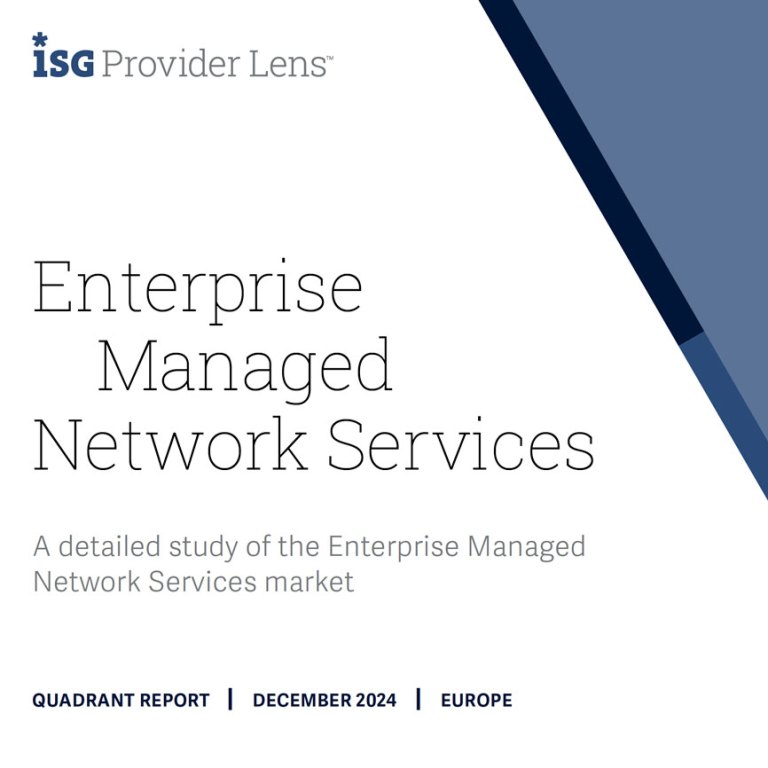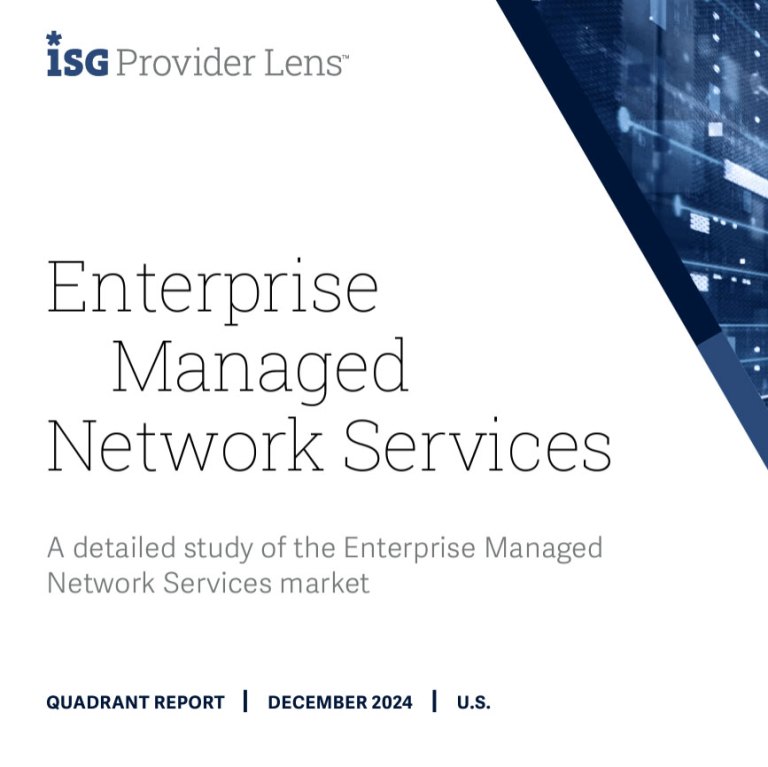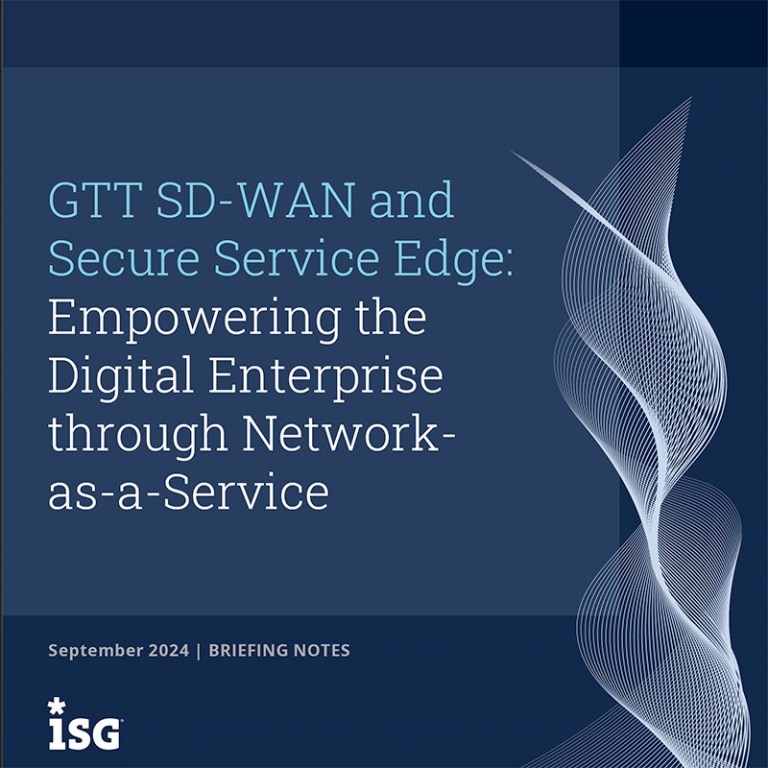Voice connectivity is a critical communication ingredient for every enterprise, particularly those spread across many different cities, regions, nations, or continents. In the current telecommunications environment, SIP Trunking is considered the way forward for managing calls that must bridge the gap between multiple branch offices.
Skepticism about SIP Trunking may ultimately be detrimental to your operations, keeping critical voice comms behind the times. In this post, we’ll address the basics of SIP and assure you that there’s no reason to be so wary of it.
SIP Fundamentals
Session initiation protocol (SIP) Trunking is a type of VoIP that allows an on-premise or hosted private branch exchange (PBX) — or a cloud phone system provider — to send and receive voice calls via IP connectivity. Either private WAN or public internet can be used for such connections. Voice calling is then simply transmitted along the existing data connections – so no separate line for voice calling is required.
The term “trunk” describes the aggregate of all SIP channels (i.e., simultaneous call capability) incoming and outgoing at any given time. In theory, there’s no limit to the number of channels within a trunk, but massive surges of calls may lead to diminished quality across the board, and you generally have to pay for the privilege of major channel capacity. Effective capacity management can keep you on top of any quality issues. SIP call quality is largely recognized as comparable to anything you would experience when dealing with legacy analog or digital lines connected to the public switched telephone network (PSTN).
The Quickening Pace of SIP Trunking Adoption
When SIP Trunking first hit the market in the late 2000s, it was met with far greater skepticism than anything it is facing now. Engineers who were used to analog lines and infrastructure did not trust the way SIP relied on the internet and had low-performance expectations. Some of this initial concern was validated, because most of the public internet infrastructure wasn’t ready to handle SIP, meaning there was no small amount of packet loss, dropped calls, and other issues. But the overall pace of tech development meant it was all but inevitable for internet infrastructure to reach and in some cases exceed what SIP required, and that’s exactly what has happened.
Now, a sizable share of mid-market and large enterprise firms are already using SIP Trunking in some form, though not all of them use it for all of their enterprise comms: according to a webinar jointly produced by IHS Markit and GTT, the organizations that do employ SIP utilize it at about 48% of its capacity. Nevertheless, SIP Trunking is on track to potentially become the dominant method for voice calls, and providers in numerous countries are shutting down legacy connections and essentially forcing enterprise users to switch to SIP.
SIP Trunking’s Clear Benefits
Users of SIP trunking most often cite the technology’s flexibility and cost-effectiveness as key benefits. SIP is far less constraining than physical telephony infrastructure as it is quick and easy to adjust capacity. The greater ease of overall management is another major perk — SIP migration is easier than what you’d experience with legacy systems, and deployments can be easily scaled up or down as needed.
Last but certainly not least, a SIP Trunking deployment means your organization will have support for integration with the cutting-edge unified comms platforms emerging on the market.
SIP Sources of Concern Vs. Reality
Adopting any new technology can be daunting. We don’t wish to belittle the concerns that some have regarding SIP, so let’s take a closer look at them one by one:
- Security: Because SIP often involves a connection to the public internet, that does create another conduit through which malicious online actors can potentially infiltrate your network. The solution here is to choose a provider that can support strong encryption of channels going out over the internet. You may also opt for a private multiprotocol label switching (MPLS) or software-defined wide area networking (SD-WAN) solution for SIP comms.
- Complacency: Some organizations that haven’t transitioned to SIP may be constrained by telephony service contracts that are not up for renewal yet, or simply be satisfied with what they have. However, as alluded to earlier, voice carriers in jurisdictions where you have branch offices might soon be switching to SIP whether you like it or not. In fact, a significant number already have. Thus, it’s better to transition now than wait until you’re forced.
- Cost: Discarding old equipment for new may be a hefty initial expense, especially if replacing a PBX. Also, if your existing IT staff aren’t well-versed in SIP, you may need to invest in training or hire new staff. Yet the cost-efficiency of SIP should, in the long run, mitigate such issues. Retaining legacy TDM equipment (handsets and so on), using a TDM to VoIP gateway, and centralizing voice equipment at two major branch locations can further reduce expenses.
Choosing the Ideal SIP Partner
As a globe-spanning Tier 1 enterprise telecom MSP, GTT is perfectly situated to be your SIP Trunking partner. Our voice solution is built across GTT’s global IP backbone, delivering high call quality and reliability, with points of presence and session border controllers connected directly to the network.
GTT’s SIP trunking solution works with any PBX and any equipment, easily integrating with the advanced networking solutions essential for modern enterprises, such as SD-WAN, MPLS, and DIA. You can feel free to maintain any previous relationships with carriers or cloud telephony services while using our SIP. Additionally, we are directly compatible with Microsoft Teams due to our peering agreement with the computing giant. We are now also a cloud-connected PSTN provider for Cisco Webex Calling.
Contact us today to learn more about how bringing in GTT’s experts is the best way to seamlessly transition to SIP Trunking.
À propos de GTT
GTT connects people across organizations, around the world, and to every application in the cloud. Our clients benefit from an outstanding service experience built on our core values of simplicity, speed, and agility. GTT owns and operates a global Tier 1 internet network and provides a comprehensive suite of cloud networking services. We also offer a complementary portfolio of managed services, including managed SD-WAN from leading technology vendors.















